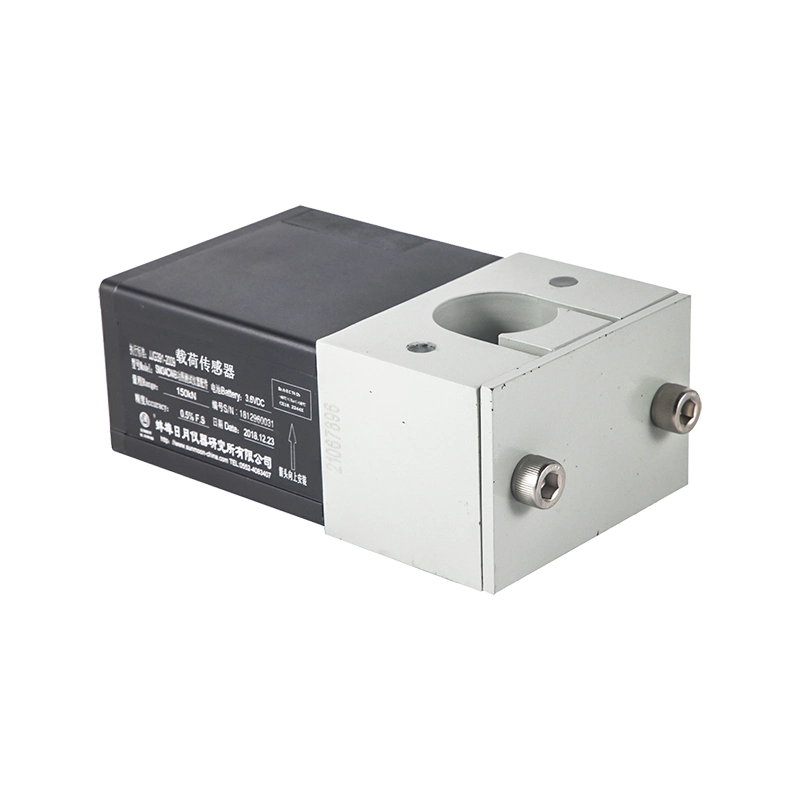Weighing sensor vs. Pressure Sensors
Release time: 2025-02-21
Weighing sensor and pressure sensors are two common sensors that differ in their principles, applications, and functions.
Main differences:
Working principle
Weighing sensor: Strain gauge weighing sensor is mainly used to measure the weight or mass of an object. It is usually based on the principle of strain gauge, which converts the stress exerted on the sensor structure by the weight of the object into an electrical signal. The strain gauge changes its resistance value as the sensor deforms, thereby obtaining an electrical signal proportional to the weight.
Pressure sensor: Pressure sensor is used to measure the pressure of gas or liquid, usually based on the principle of piezoresistance, capacitance or inductance. It converts the physical deformation of the sensor (such as diaphragm deformation) under the action of pressure into an electrical signal, or directly senses the pressure of the gas or liquid.
Measurement object
Weighing sensor: Specially used to measure mass or weight, suitable for weighing the gravity of solids, liquids or other substances.
Pressure sensor: Used to measure the pressure of liquids or gases, suitable for monitoring pressure changes in containers, pipeline pressure, fluid pressure, etc.
Output signal
Weighing sensor: The output signal is usually a voltage, current or digital signal proportional to the weight of the object.
Pressure sensor: The output signal is usually a voltage, current or digital signal proportional to the pressure. Pressure sensors may use analog signals or digital signals, etc.
Accuracy requirements
High-quality weighing sensors usually have high accuracy requirements, especially in weighing measurements, where accuracy directly affects the quality control of goods and products.
The accuracy of pressure sensors is also very important, especially in industrial applications such as hydraulic systems and gas monitoring, where accuracy directly affects the operating stability of the equipment.
Differences in measurement principles
The measurement of weighing sensors is based on the principle of force and strain, with gravity being the source of the force.
Pressure sensors measure the pressure of liquid or gas on the surface, which is generated by the collision of gas or liquid molecules.
Application areas
Weighing sensors: High-precision weighing sensors are mainly used in weighing systems, such as electronic scales, industrial weighing, quality inspection of automated production lines, warehouse management, etc.
Pressure sensors: Pressure sensors are mainly used for liquid or gas pressure monitoring, and are widely used in hydraulic systems, pneumatic systems, automotive engine control systems, air compressors, medical equipment, water treatment systems and other fields.


 />
/> />
/>